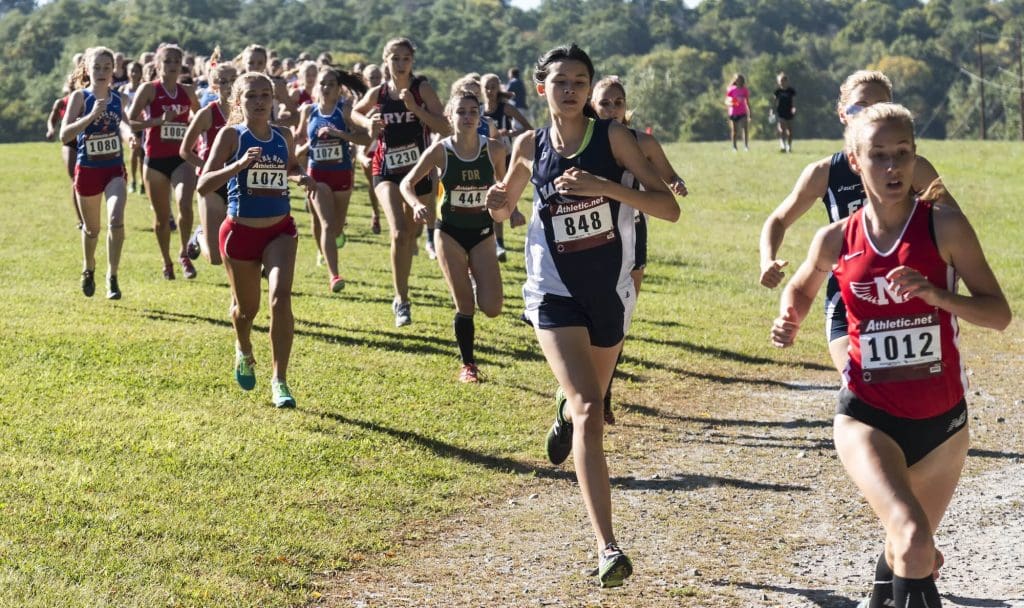[vc_row][vc_column width=”1/4″][vc_single_image image=”3884″ img_size=”medium”][/vc_column][vc_column width=”3/4″][vc_column_text]
Meet The Author: Justin Contois
- Health and PE Teacher
- Head Cross Country and Tennis Coach
- Masters in Nutrition Education, CF-1
- Coaches Club Ambassador






